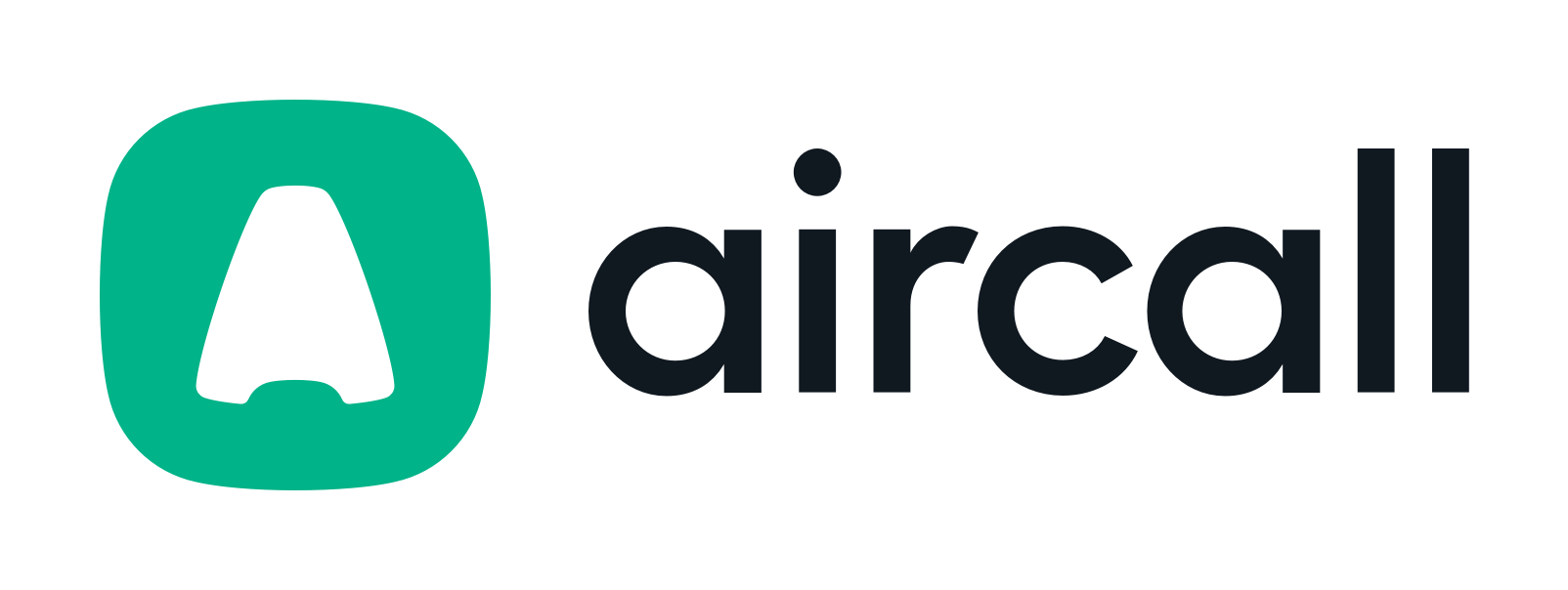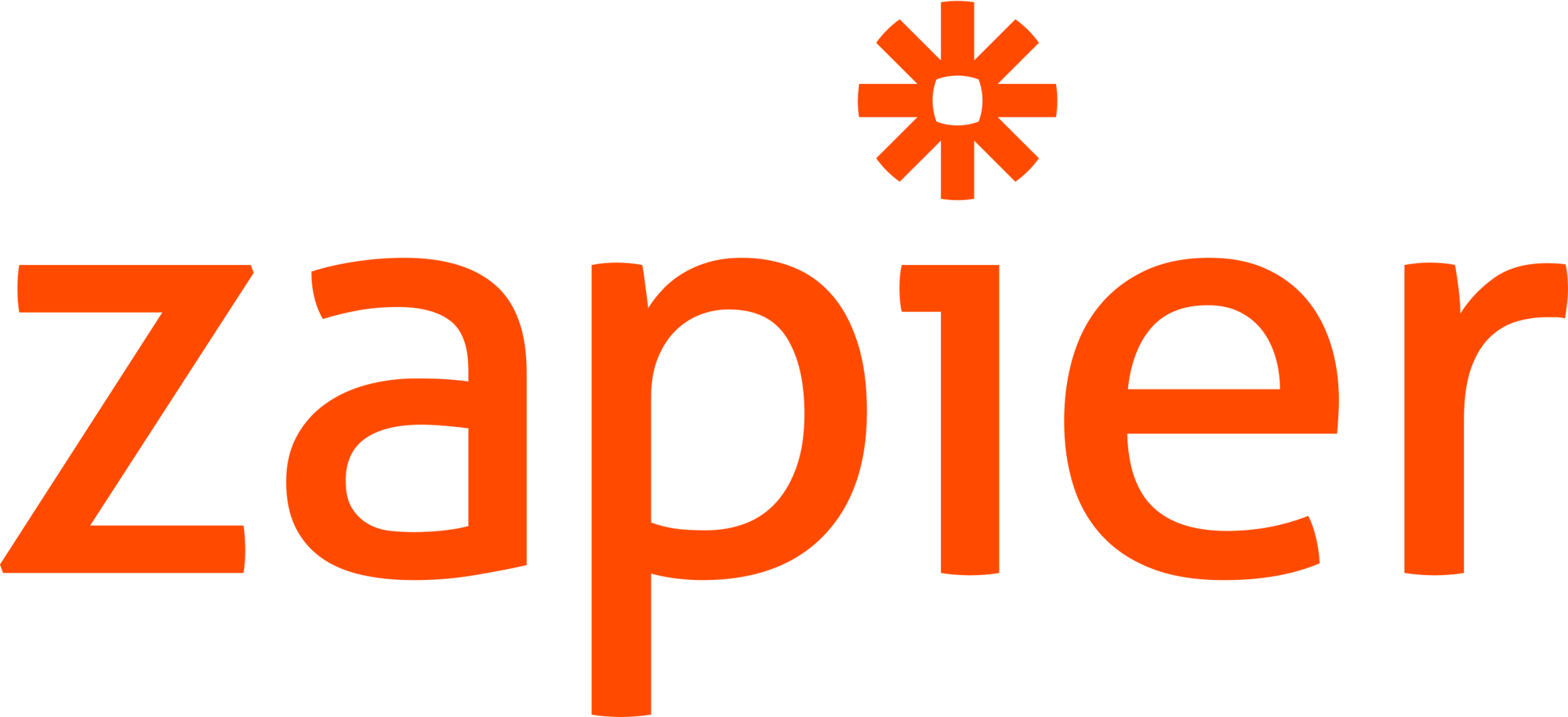![7 Ways to Get a List of Cell Phone Numbers [Tools]-festured-image](https://6052405.fs1.hubspotusercontent-na1.net/hubfs/6052405/2023%20-%20Blog/EN%20SEO%20blogs%20%28Product%20use%20case%20keywords%29%20%5B%2B%20FR%2c%20ES%20and%20DE%20variations%5D/List%20of%20cell%20phone%20numbers/EN_list-of-cell-phone-numbers-card.png)
How Can I Find Leads For My Business? - 9 Strategies To Use

All businesses need lead generation to identify, attract, and connect with prospects. 💯
But what’s the best way to find leads?
In this post, we’ll examine the best ways to find leads for your business, including traditional options, digital methods, and tools to speed up the process.
Here is a look at what we’ll cover:
- Understanding lead generation.
- Nine proven strategies to find leads for your business.
- Tools to streamline your lead generation process.
- Measuring and optimizing your lead generation efforts.
- Common lead generation mistakes to avoid.
Understanding lead generation
A lead is a prospect who is actively interested in what you’re selling. They can be a single individual or a group of organizational stakeholders.
Lead generation is the process of finding or attracting prospects using both inbound and outbound strategies. Sales reps, marketers, and everyone involved in the journey help guide the prospect down the funnel to get that sale.
Here’s what can help distinguish which approach is used, summarized in this inbound vs. outbound infographic. 👇

It’s important to remember that business leads aren’t equally valuable.
The level of interest and engagement each prospect has determines whether it’s a cold, warm, or hot lead. Cold leads are the least engaged; warm leads have consistent interactions, and hot leads demonstrate high intent and seem ready to purchase quickly.
Qualifying leads—the process of determining how likely leads are to convert —is essential in helping sales teams prioritize leads and make accurate pipeline predictions.
Lead qualification can help sales reps determine which leads are most ready to convert. It also means the rep can invest more time in high-intent prospects for higher win rates and tailor their interactions based on the funnel stage.
9 proven strategies to find leads for your business
Ready to find more leads for your business? These ten tried-and-true strategies will help you identify, attract, and capture (more) leads.
1. Leverage social media platforms
Social media sites can attract, identify, and engage potential leads.
While the “best” site depends on your specific business and target audience, LinkedIn, X (Twitter), Facebook, and Instagram are good options. You can consider the following:
- Use LinkedIn to find and connect with potential leads.
- Nurture relationships with existing customers on social media.
- Post valuable thought leadership content on LinkedIn and X.
- Incorporate a mix of text, image, and video posts to increase engagement.
LinkedIn, of course, is the most valuable social platform for lead generation. You can use B2B lead finder tools like Kaspr to find leads on LinkedIn and Sales Navigator.
Find leads using Kaspr from day one
/LinkedIn%20Chrome%20Extension/EN%20LinkedIn%20Chrome%20Extension/EN_linkedin-chrome-extension-show-contacts-data.webp?width=600&height=405&name=EN_linkedin-chrome-extension-show-contacts-data.webp)
Signing up to Kaspr is one of the easiest ways to find leads for your business. Onboarding takes minutes, and you’re free to easily find prospects’ contact details (no credit card is required, and it’s GDPR-aligned). ⤵️
Kaspr’s Chrome Extension provides accurate contact data while browsing LinkedIn, helping you save lead information when discovering potential prospects. You can also search in LinkedIn Sales Navigator based on criteria like industry or company size and use Kaspr to find the contact details for all your target accounts.
👉 Get started with Kaspr free today.
2. Implement content marketing
Content marketing creates resources like (well SEO-optimized) blogs, whitepapers, and ebooks to attract leads.
The most effective content marketing strategies for lead generation include:
- Using bottom-funnel content like tool comparisons to capture and convert high-intent users.
- Providing free top-funnel content on your site and driving users to gated mid-funnel resources like ebooks or whitepapers.
- Ensuring each post has a CTA relevant to the user’s stage of the funnel and search intent.
- Do not neglect content distribution; use a combination of SEO, social media reposting, content repurposing, email newsletters, and more to get your content in front of other readers.
3. Use email outreach & marketing
Email marketing is critical to stay in touch with potential leads once you have their contact information. Sales reps can reach out directly, and many businesses also use automated lead nurturing campaigns for product education, customer trust, and brand awareness.
It’s essential to focus on building targeted email lists with quality prospects and segmenting them based on traits like ICP fit, stage of the buying process, industry, and product use case.
Cold emails must be personalized- Spray and don’t win deals anymore. Here’s a great example of personalized outreach by Olivia Reger, an SDR at Konquest. ⬇️
/EN_olvia-reger-outreach-message.webp?width=400&height=356&name=EN_olvia-reger-outreach-message.webp)
Here are some tips about how to write effective cold email campaigns:
- Intent signals to deliver the right message at the right time.
- Use segmentation for personalization.
- Track email engagement rates, such as open rates, click-through rates, and more, to determine success.
- A/B test, and then keep A/B testing.
4. Optimize your website for lead capture
Lead capture helps attract prospective clients and entices them to share their contact information. Landing pages are designed to capture this lead information with one clear call-to-action. Many organizations use a combination of landing pages and site pop-ups to collect basic contact information.
Keep these best practices in mind:
- Ask for enough information to qualify the lead but not so much that the user thinks the form isn’t worth your offering.
- Test pop-ups to make sure they run on different browsers and don’t cause site glitches.
- Create dedicated landing pages for individual offers; you can easily promote them through paid, social media and email marketing.
5. Engage in networking events and trade shows
Face-to-face interactions can help you network effectively, meeting a large number of people and establishing rapport quickly. Webinars are also a place where this can be done (albeit digitally).
In the video below, Morgan J Ingram, Content Creator at Cognism, explains how to convert webinar attendees into business leads. 🎬
How do I generate leads for my business at events? Here we go:
- Focus on genuine relationship building; find common ground.
- It’s pretty old school, but some business owners still come equipped with business cards.
- Follow up after the event; remember why they attended the event in the first place.
6. Implement referral programs
Your current customers are a strong ICP match. And this means they’ll likely have people in their network who could also be a great fit. Why not set up a referral program to incentivize them to refer colleagues your way?
Dropbox used this strategy, offering an extra 500MB of free storage space to both the customer referring to someone and the person being referred. Their membership jumped by 3,900% over 15 months.
Offer a good incentive for referrals, such as access to additional product usage or a discount on their next invoice. Make it easy for users to refer others with personalized links and customizable prompts.
And hey, by the way, Kaspr has a partner program. So, if you’re using Kaspr regularly, why not apply to achieve (and earn) more? 🏆
7. Use pay-per-click (PPC) advertising
Advertising platforms are invaluable for lead generation. Some types are perfect for creating demand, and others are great at catching that demand (paired with SEO) when it’s ready to convert. Here’s an example of a Google ad designed to capture demand. ⤵️
/Lead%20generation%20tools%20for%20small%20businesses/example-kaspr-google-ad.webp?width=593&height=165&name=example-kaspr-google-ad.webp)
Google Ads, Meta Ads, and LinkedIn Ads all have ad formats which create lead gen forms to collect user information.
Here are some tips for how to be successful with pay-per-click (PPC) ads:
- Use each platform’s targeting to ensure your ad is shown to the most relevant people.
- Choose platforms where your audience is most likely to be responsive - B2B leads, for example, will be more likely to engage with a Google or LinkedIn ad than a Facebook ad.
- Create dedicated landing pages for each unique offer you’re promoting.
8. Leverage LinkedIn Sales Navigator
LinkedIn Sales Navigator is a popular tool for SDRs and business owners looking to find new leads. It allows you to leverage advanced search capabilities to find leads that align with your ICP, connect with them through LinkedIn, and add them to your CRM.
Tools like Kaspr fit right into this prospecting cadence by getting you contact info while you browse Sales Navigator searches.
When using LinkedIn for lead generation, ensure your profile is strong. Have a friendly profile photo and a clear description of who you are and what you do, and engage regularly on the platform to establish trust.
9. Use chatbots and conversational marketing
Company website chatbots (or AI SDRs) can qualify leads 24/7. Now, AI-powered bots are always available to answer customer questions, make product recommendations, and collect lead information.
Qualified’s software is an example of a chatbot, which some companies use to encourage website users to take the next step, like booking a demo.

Successfully implement chatbots by doing the following:
- Sync your chatbot software with your CRM.
- Connect your chatbot to internal knowledge bases to make them more helpful.
- Ensure the chatbot can accurately answer common questions.
Tools to help you find business leads
While the strategy is critical for lead generation success, the right tools can make finding the leads you want to speak to easier. Let’s review the different types of lead generation tools next.
Sales intelligence and prospecting software
Sales intelligence and prospecting software— sometimes also called “lead generation software”— are essential tools.
Tools like Kaspr and Cognism provide accurate contact information for B2B leads. Kaspr offers a LinkedIn Chrome Extension that lets you capture lead information while browsing anywhere on the platform, including LinkedIn lists, user profiles, and Sales Navigator. You can save all your discovered leads to your Kaspr web app to contact them later. 📞
/Lead%20management/EN%20lead%20management/EN_lead-management-dashboard-lead-view.png?width=600&height=375&name=EN_lead-management-dashboard-lead-view.png)
Get the contact’s name, phone number, and job title, along with company information like industry and size. Tools like Cognism also provide intent data to help you identify potential customers who are currently in the market to buy.
CRM platforms
CRM platforms like HubSpot and Salesforce track all lead data, including lead interactions. You can see and automate follow-ups, keep leads engaged, and track deal progress.
Some CRMs like HubSpot may also offer additional suites of tools, including operational, marketing, or sales tracking functionality.
Make sure your sales prospecting software integrates with your CRM of choice.
👉 Check out Kaspr’s integrations to learn more.
Email marketing tools
Email plays a vital role in lead nurturing. Sales representatives may communicate directly with leads and send drip email campaigns. Email marketing tools allow you to set up autoresponder campaigns, track user engagement, and leverage audience segmentation.
Some top email marketing tools include Active Campaign and Mailchimp.
Social media management tools
Some businesses may rely more on social media than others, but brands relying heavily on social media for lead generation need social management software.
Social media management software can help you create posts, schedule content, assess performance, and track both private messages and public comments. Some software even facilitates promoted ads or boosted posts.
Popular social media management tools include Hootsuite and Agorapulse.
Analytics software
Plenty of tools fall into the “analytics software” category, so choose platforms that meet your needs.
Web analytics and marketing analytics platforms are particularly valuable for lead generation. Tools like Google Analytics allow you to track where leads are coming from, and platforms like Unbounce automate A/B testing on key site pages or landing pages.
Optimizing your lead generation efforts
Measuring your lead gen efforts is essential to understanding how effective they are, and optimizing them for improved results.
Key metrics to track when assessing your lead generation efforts include:
- Conversion rates.
- Number of leads generated.
- Cost per lead (CPL).
- Average customer value (ACV).
- Meetings booked and attended.
- Customer acquisition cost (CAC).
- Average deal size.
Sales intelligence software and pipeline tracking software can help you track these metrics— and optimize them.
It’s important to look at metrics holistically and individually to understand what they mean. Here are a few examples:
- If your number of leads generated increases but conversion rates stay consistent, it means you’ve successfully scaled your campaigns.
- It’s not automatically a red flag if your costs per lead and customer acquisition costs increase, especially if they’re associated with increased average deal size or average lead value.
- If the number of leads generated drops but your meetings booked and attended increases, it may mean you’re reaching a high-value audience segment.
Things to not do once you’ve found your leads
There are several common traps sales pros can fall into when they find leads and engage them to book a meeting.
Prioritizing quantity over quality
A large quantity of low-quality leads won’t get results. Fortunately, the right tools and strategies will help you find high-intent leads at scale.
Neglecting to follow-up
You don’t want to chase leads who aren’t interested, but following up several times can keep you at the front of a prospect’s mind and ensure no one is slipping through the cracks.
Failing to track leads
You should carefully track every prospect on your radar and every interaction with them. Sync prospecting tools with a good CRM; it will help you track all interactions and monitor prospect progress through the pipeline.
Insisting on a manual approach
Some sales teams are wary of lead generation tools, preferring entirely manual approaches. While manual prospecting can be effective, it’s also slow and doesn’t scale.
Relying on a single approach
We discussed nine options for lead generation, but some businesses will still rely on one strategy. Use a combination of different lead generation strategies, including both inbound and outbound campaigns. Test and see what works, and keep iterating through A/B testing.
Discounting disengaged leads permanently
There are plenty of reasons why a failed deal doesn’t go through, but that doesn’t mean to write the lead off permanently. Some tools allow you to set alerts like job change alerts to monitor specific leads. If an interested lead changes companies, for example, it may be a great time to reach out.
A final word on finding leads for your business
Knowing how to find leads for your business is vital to long-term growth and profitability. Follow the tips outlined in this post to stay up-to-date with current best practices, tools, and strategies.
One of the easiest ways to find leads is to sign up for Kaspr. Onboarding takes minutes; you can begin getting contact details from day one. And the best part? You can trial the data for free (no credit card required). ⤵️
Accurate European contact data
Get accurate data for your prospects and connect with your favorite sales tool







